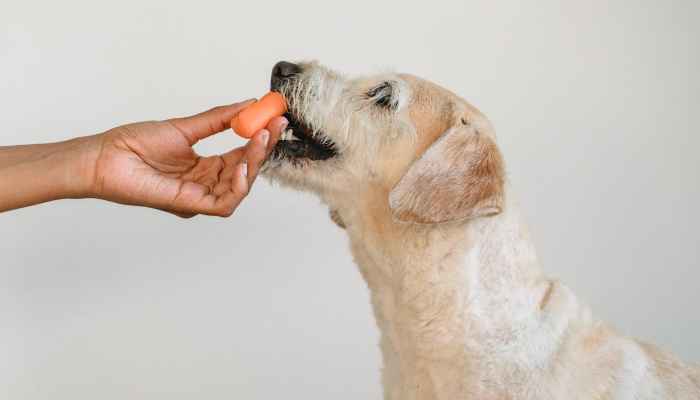Introducing new foods to your dog’s diet can be an exciting and beneficial experience for both you and your furry friend. A varied diet not only provides the necessary nutrients for your dog’s overall health but also offers an opportunity to keep their meals interesting and enjoyable. This blog post will provide an overview of how to safely and effectively introduce new foods to your dog’s diet. From assessing their current diet to gradually introducing new foods, we’ll cover everything you need to know to give your dog the best possible diet.
It’s important to remember that every dog is different, and what works for one dog may not work for another. Consulting with a veterinarian or professional dog nutritionist before making any changes to your dog’s diet is always a good idea. They will be able to provide you with a customized diet plan that takes your dog’s individual needs and health into consideration.
By considering your dog’s diet and health, consulting with professionals, and introducing new foods gradually, you can give your furry friend a diet that is not only healthy but also enjoyable.
Preparing to Introduce New Foods
When it comes to introducing new foods to your dog’s diet, preparation is key. Before you begin, it’s important to assess your dog’s current diet and overall health. Take note of what they are currently eating, and any health issues they may have. This information will be useful when deciding what new foods to introduce and how to do so safely.
Consulting with a veterinarian or professional dog nutritionist is also an important step in preparing to introduce new foods. They can provide you with a customized diet plan that takes your dog’s individual needs and health into consideration. They will also be able to identify any potential food allergies or sensitivities that your dog may have, and advise you on how to proceed.
Choosing the Right Food
You have to choose an ideal food, as not all foods are safe or healthy for dogs, so it’s important to do your research and identify which foods are appropriate for your barking buddy. Some safe and healthy options for dogs include lean meats such as chicken, turkey, and fish, as well as fruits and vegetables like carrots, apples, and sweet potatoes.
It’s also important to consider your dog’s individual dietary needs when introducing new foods. Some dogs may have specific health conditions that require a specific diet. For example, a dog with kidney disease may need a diet that is low in protein, while a dog with allergies may need a hypoallergenic diet.
In addition to choosing the right foods, it’s important to avoid foods that are toxic to dogs. Foods like chocolate, grapes, and onions can be toxic to dogs and should be avoided. It’s also important to avoid giving your dog table scraps as they may contain ingredients that are not safe for them.
Introducing New Foods
Introducing new foods to your dog’s diet is not just about choosing the right foods, it’s also about how you introduce them. Start with small amounts of new food, and observe your dog’s reaction. This will help you to identify any potential food allergies or sensitivities and make any necessary adjustments to their diet. Be patient when introducing new foods as dogs may take some time to adjust to new flavours and textures. Don’t be discouraged if your dog doesn’t take to a new food right away, just keep offering it and they may come around. Gradually increasing the amount of new food over time is also key. This will allow your dog to adjust to the new food over time. As you increase the amount, keep an eye on your dog’s reaction and make any necessary adjustments to their diet.
Maintaining a Balanced Diet
Maintaining a balanced diet for your dog is an ongoing process, and not just about introducing new foods. Once you have successfully introduced new foods to your dog’s diet, it’s important to monitor their overall health and make any necessary adjustments to their diet.
Always keep an eye on your dog’s weight, coat, and energy levels. A healthy diet should result in a healthy dog. If you notice any changes that concern you, consult with a veterinarian or professional dog nutritionist to get an expert opinion.
As your dog’s needs change, so should their diet. For example, as they age, their nutritional needs may change, and you’ll need to adjust their diet accordingly. And don’t forget to keep introducing new foods to their diet, this will ensure that they continue to have a varied and interesting diet.
In conclusion, introducing new foods to your dog’s diet can be a fun and beneficial experience for both you and your furry friend. By understanding the process, consulting with professionals and continually introducing new foods, you’ll be able to ensure that your dog has a healthy and varied diet.




